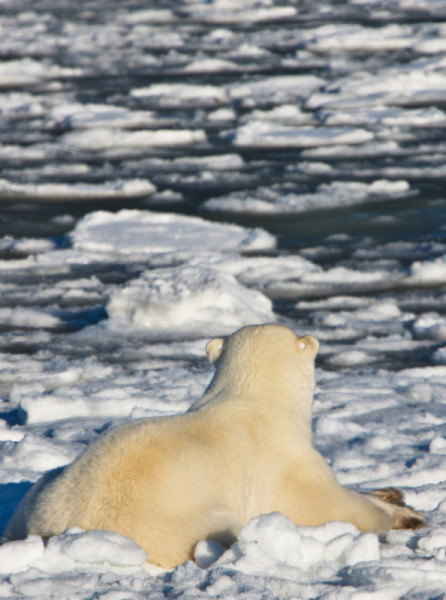Ten cool facts for International Polar Bear Day
Polar bears are a powerful iconic symbol of the strength and endurance in the great white north. With the celebration of International Polar Bear Day today, let’s learn about the magnificent species!
1. About 60% of polar bears live in Canada, from Labrador to the Yukon and from Ellesmere Island to James Bay.
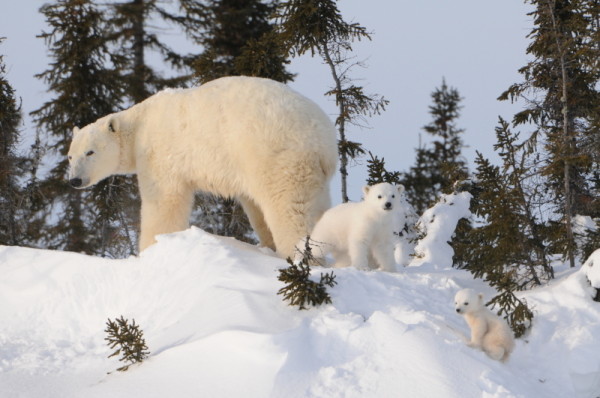
2. Its Latin name,Ursus maritimus, means ‘sea bear.”
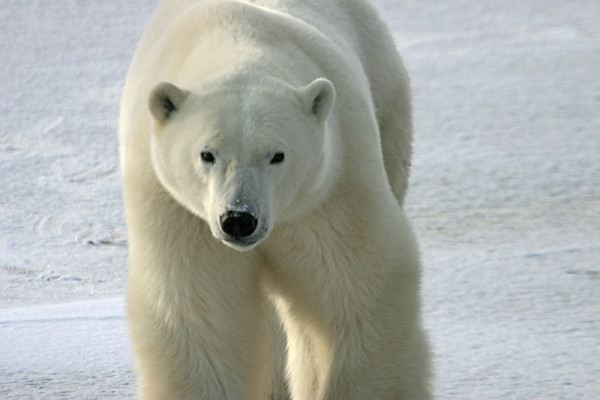
3. Sea bear seems like a pretty apt name for a species that live and hunt mainly on the Arctic sea ice! They mainly eat seals, but will also catch and eat seabirds and even small whales.

4. Typically, an adult male polar bear is an astonishing 6-10 feet long and weighs between 780 and 1,500 pounds!
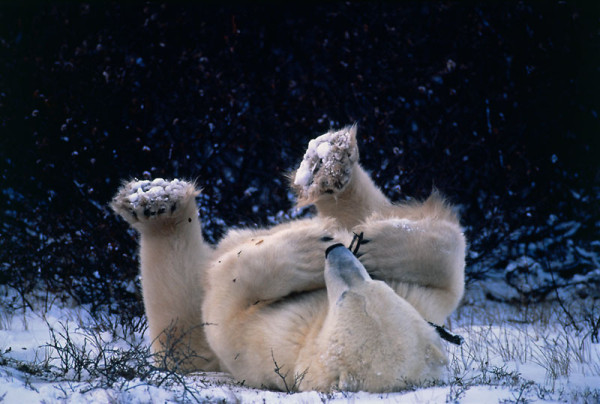
5. Polar bears are good swimmers, their body fat help them float and they use their large forepaws to paddle and sometimes use their hind legs as rudders.
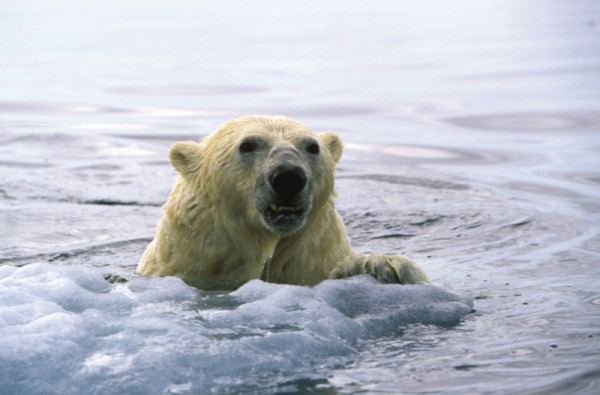
6. Polar bears thick under-fur, guard hairs, and ability to store significant fat keep them warm and powered up over the cold winter months. Their massive paws spread their weight evenly to keep them from falling through snow and thin ice.
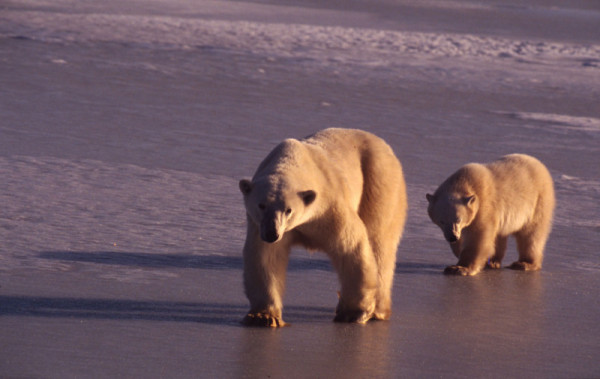
7. Polar bears have three eyelids, the third helps protect the bear’s eyes from the elements.
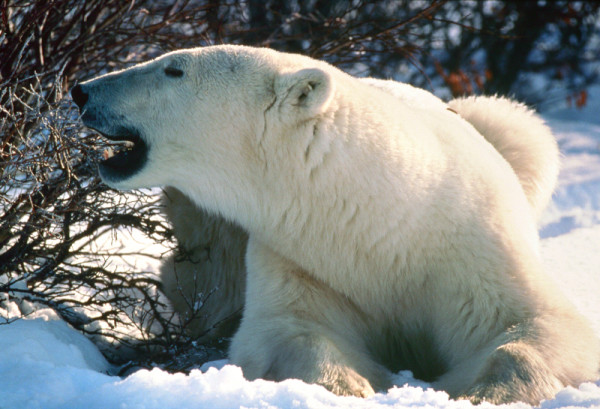
8. Polar bears have translucent fur that appears white, but underneath their fur, their skin is black. They also have a blue tongue!
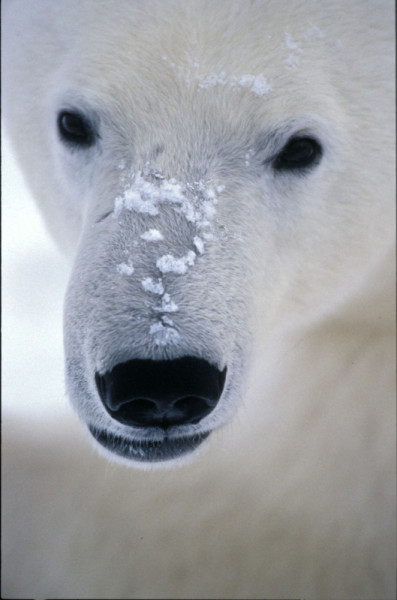
9. They have 42 razor sharp teeth. With jagged back teeth and canines larger than grizzly teeth!
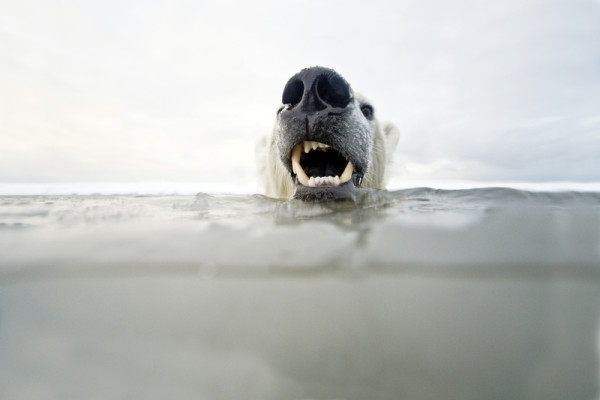
10. Climate change is causing sea ice to melt much earlier in the year and return later, meaning polar bears have less time on ice to hunt seals, their favourite prey. This can lead to thinner bears, reduced cub survival, and a decrease in the overall polar bear population.
Our work depends on your support and right now you can have double the impact. Donate now and a generous donor will match your gift (the first $130,000 in donations will be matched).
Learn more about WWF’s important arctic work at wwf.ca/polarbearweek.

